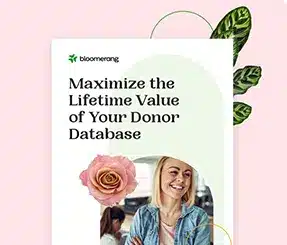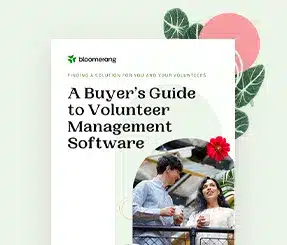Get Your Share Of $84 Trillion


Full Platform Overview Chat With Us



Full Platform Overview Chat With Us




A tsunami is on the way. But this one is a good one — and historically unprecedented. An epic tidal wave of $84 trillion will pass hands from the Baby Boomer (and Silent) Generations by 2045. There are only three places where dollars can go — loved ones, government, or charity.
Let’s start by trying to fathom that Herculean number of $84 trillion. Visualize a paltry $1 billion. Then imagine 10,000 pallets, each stacked with $100 million in $100 bills. Even then, a man standing next to it looks small. Alternatively, one trillion dollars would stretch nearly from the earth to the sun, and it would take a military jet flying at the speed of sound 14 years to reel out one trillion dollar bills. Of course, you have to multiply all that by 84.
The best time for nonprofits to start preparing for this historic wealth transfer is yesterday; the second-best time is now.
The stark reality is that too many nonprofits don’t place enough emphasis on planned giving in general because they can’t see the immediate returns. Put the $84 trillion aside, during all times, typical donors can make gifts several times larger from their estates than their current wealth positions. When you study the largest endowments on the planet most are the result of legacy gifts.
Nonprofits of all sizes, missions and parts of the country can and should take concrete steps to position themselves for the opportunities presented by the $84 trillion wealth transfer.
From a big picture perspective, generosity and planning go hand-in-hand. Harris Poll reveals that adults who include charitable giving in their annual budget donate nearly three times more, on average, than those who donate money but did not budget for it. The essential role of planned giving in philanthropy is nothing new. Smart nonprofits have prioritized this high value commitment for generations. But with the $84 trillion wealth transfer on the horizon all nonprofits seeking to develop and sustain resources so that they can more effectively champion their noble missions must put the pedal to the metal and position themselves for awesome opportunities and growth.
How is your organization preparing for the $84 trillion wealth transfer? Let us know in the comments.


Comments